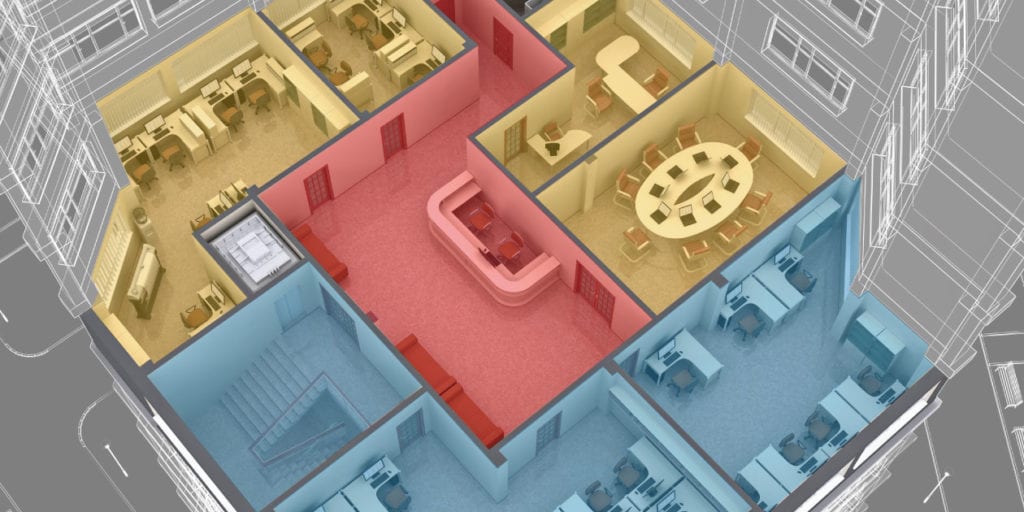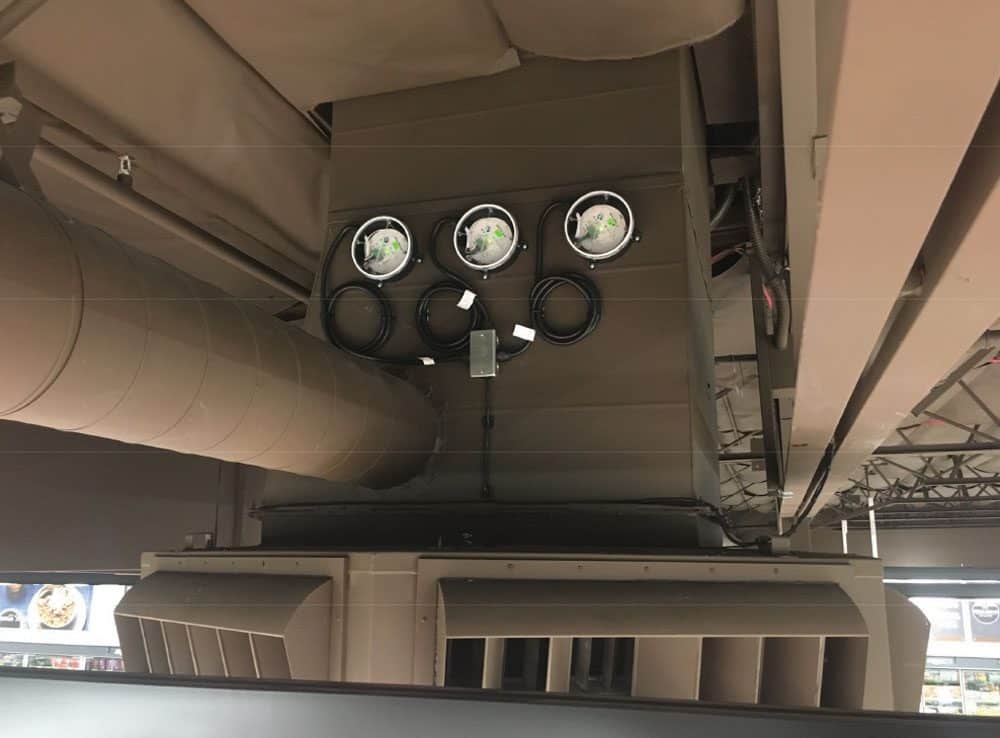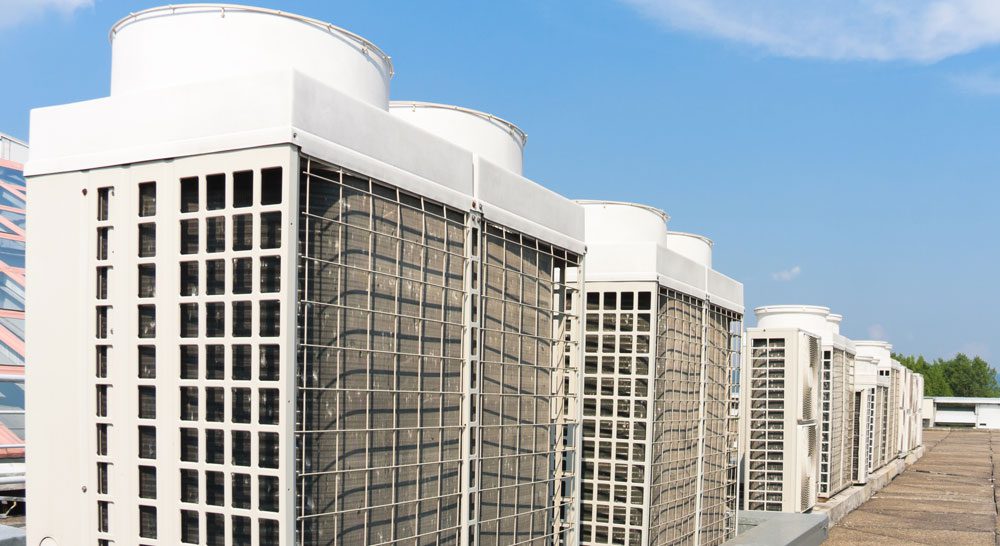The Greek philosopher Heraclitus once said, “The only constant is change.” This principle applies to every facet of our lives as we adapt to our changing environment, including how we heat, cool, and ventilate indoor spaces.
Due to ongoing scientific research and product development of HVAC technology, heating and cooling systems are always evolving to meet industry requirements, provide consistent comfort, and maintain healthy indoor air quality year-round.
As a commercial HVAC company that installs and maintains all kinds of heating and cooling equipment, our team at Custom Aire wants to highlight two types of technology we work with that are improving the way people control temperatures and purify the air in commercial facilities: variable refrigerant flow (VRF) systems and bipolar ionization air purifiers.
Let’s start with VRF systems and how they efficiently maintain comfortable temperatures in commercial spaces.
Variable Refrigerant Flow (VRF) Systems
A growing commercial heating and cooling option is the variable refrigerant flow (VRF) system. This HVAC equipment consists of a large outdoor unit that is connected via refrigerant piping to multiple indoor air units in specific zones of a building.
While the term “refrigerant” is typically associated with cooling equipment, VRF systems can heat and cool a commercial space, often at the same time, because indoor air units control only the temperature in their dedicated zones.

VRF systems function similarly to multi-split systems because they use small refrigerant pipes instead of large ductwork, but on a much larger scale to accommodate the industrial heating and cooling loads required in commercial buildings.
Although VRF systems have been installed in the United States since the early 2000s, they are becoming a more popular commercial HVAC option among building owners and mechanical contractors as more people learn about this beneficial technology.
Benefits of VRF Systems
- Energy Efficiency – Because they do not have a large network of ductwork, VRF systems eliminate energy waste associated with large fans and duct leakage. Their capacity for zone control also allows building owners to direct energy to specific areas they want to heat or cool, saving them money on utility bills in the long run.
- Quick Installation – While all VRF systems are required to be installed by a certified commercial HVAC technician, the process is much faster for new construction and retrofits than for traditional commercial HVAC systems because the equipment is lightweight. Additionally, installers can complete the job without coordinating with other trades, as is often the case with ductwork installation.
- Quiet Operation – VRF systems are inherently quiet, as they do not have large fans or ductwork that produce ambient noise. This makes these HVAC systems a popular choice among nursing homes, office buildings, apartments, and other commercial buildings where people live and work.
Next, let’s dive into a type of modern HVAC technology that focuses specifically on indoor air quality: bipolar ionization.
Bipolar Ionization Air Purifiers
Heating and cooling a building is essential, but indoor air quality – which falls under the “ventilation” category of “HVAC” – is just as imperative for building owners to manage throughout the year.
Most forced-air commercial HVAC systems filter dust and other particles automatically through ventilation equipment. However, building owners can be proactive about killing viruses, bacteria, and other harmful pathogens by installing a bipolar ionization air purifier directly into their existing HVAC systems.
How It Works
To maintain healthy indoor air quality, bipolar ionization technology releases ions into the airstream using a building’s HVAC system as the delivery method.

When these ions disperse throughout a space, they form bonds with particles in the air through a process called “agglomeration,” thus creating a snowball effect in which particles begin to cluster together.
The larger a cluster of particles becomes, the easier it is for the HVAC system to filter harmful airborne pathogens, smoke, and odors out of the air, which helps building occupants stay healthy and productive.
HVAC Experts You Can Trust
Variable refrigerant flow (VRF) and bipolar ionization systems are only two of many modern developments in the HVAC industry that can improve your indoor comfort and air quality. Our qualified team at Custom Aire has the required certification, knowledge, and experience to install these systems in your commercial facility.
To learn more about this technology or other efficient HVAC solutions, contact our team today!





